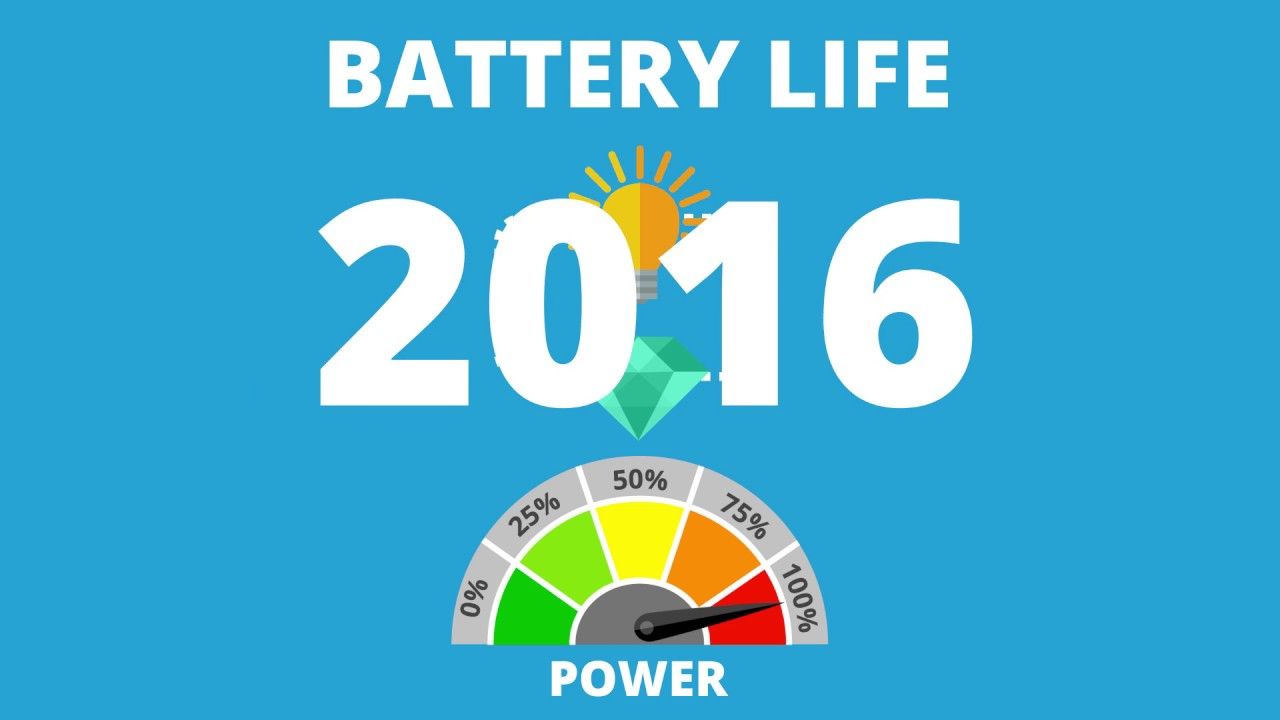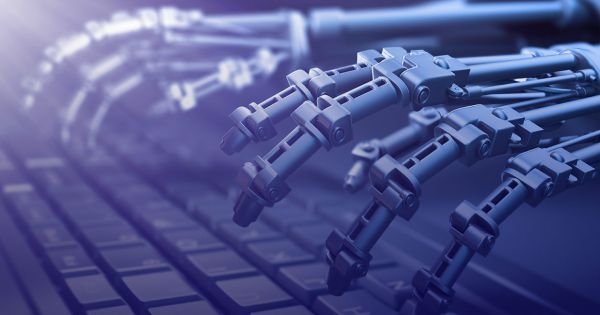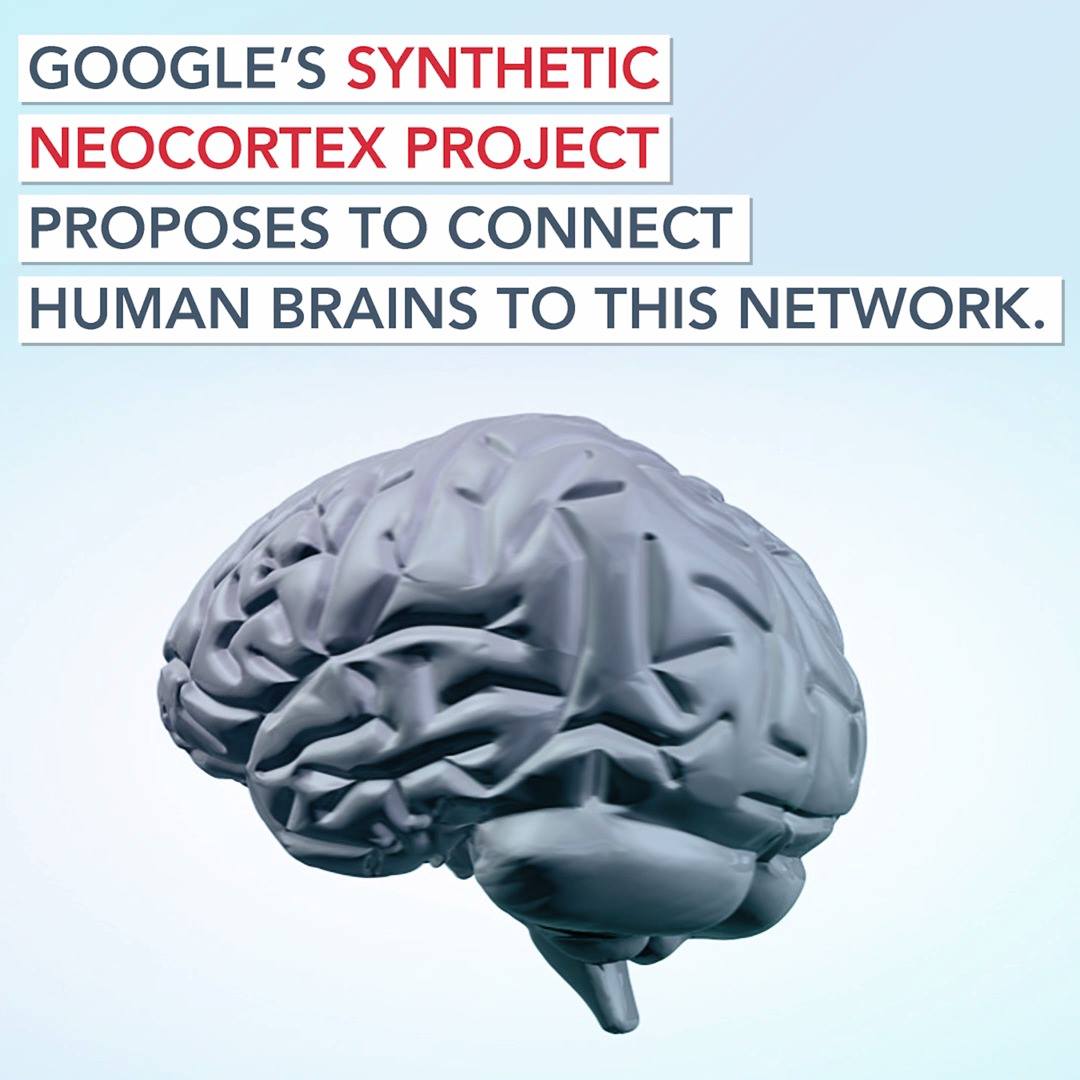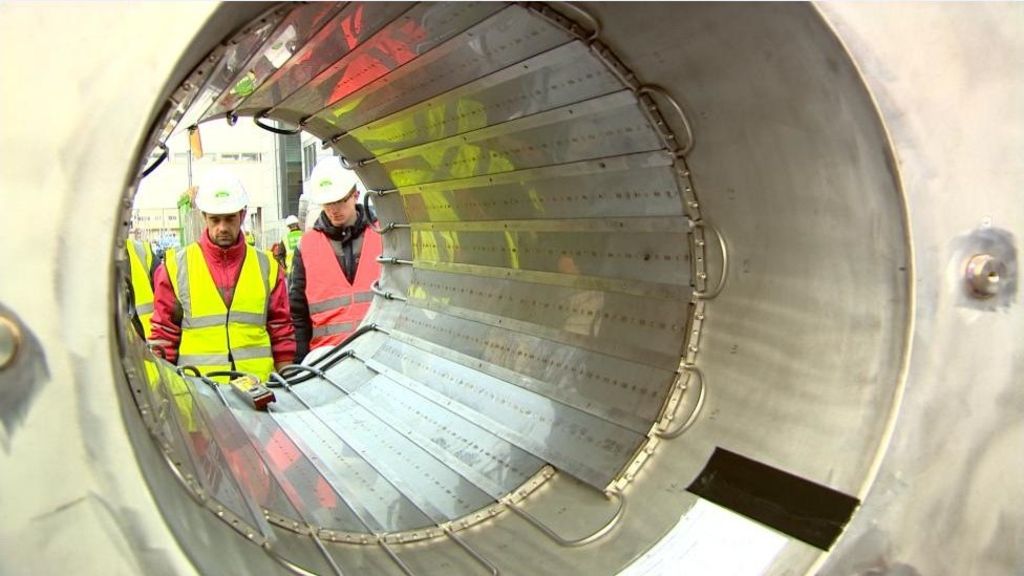Page 10646
Nov 27, 2016
This Nifty Infographic Is a Great Introduction to Neuroplasticity and Cognitive Therapy
Posted by Elmar Arunov in categories: innovation, neuroscience
Did you know you can rewire your brain? Neuroscientific research breakthroughs are revealing fascinating new truths about the malleability of our brains and, thus, the malleability of ourselves as well.
Nov 27, 2016
Transhumanism: Imagine what could happen when your entire brain is online…
Posted by Elmar Arunov in categories: neuroscience, transhumanism
Nov 27, 2016
New drug limits and then repairs brain damage in stroke
Posted by Steve Hill in categories: biotech/medical, neuroscience
More progress to help stroke victims.
Researchers at The University of Manchester have discovered that a potential new drug reduces the number of brain cells destroyed by stroke and then helps to repair the damage.
A reduction in blood flow to the brain caused by stroke is a major cause of death and disability, and there are few effective treatments.
Continue reading “New drug limits and then repairs brain damage in stroke” »
Nov 27, 2016
Drones for Delivery in Healthcare | By Andreessen Horowitz | SoundCloud
Posted by Odette Bohr Dienel in categories: business, drones, governance, innovation

” … discuss using drones to leapfrog infrastructure, and save lives by doing it in less than 15 minutes.”
Tag: infrastructure
Nov 27, 2016
Video Of The Week: A Crypto Economy — By Fred Wilson | AVC
Posted by Odette Bohr Dienel in categories: bitcoin, economics, finance

“It’s a fairly concise but expansive vision of what is possible to build with open public blockchains.”
Tag: blockchain
Nov 27, 2016
Powerful 7 Tesla MRI scanner arrives in Glasgow
Posted by Carse Peel in categories: biotech/medical, electronics
Glasgow University has taken delivery of Scotland’s most powerful magnetic resonance imaging (MRI) scanner.
The £10m device was lifted into place at the new Imaging Centre of Excellence (ICE) at the city’s Queen Elizabeth University Hospital (QEUH).
A giant crane eased the 18-tonne scanner down an alleyway with inches to spare on each side, then through a hole in the wall of the new building.
Nov 27, 2016
‘Diamond-age’ of power generation as nuclear batteries developed
Posted by Klaus Baldauf in categories: nuclear energy, physics

New technology has been developed that uses nuclear waste to generate electricity in a nuclear-powered battery. A team of physicists and chemists from the University of Bristol have grown a man-made diamond that, when placed in a radioactive field, is able to generate a small electrical current.
Nov 27, 2016
What happens when bots start writing code instead of humans
Posted by Elmar Arunov in categories: internet, robotics/AI
Shift 2: Open-source code, Node, and frameworks
Once widely considered a toy language, Node has quickly taken over the web and fostered an incredible open-source community. For those who are unfamiliar, Node is a way for JavaScript to run on a server. What’s so incredible about Node is that the same developers who were only writing client-side code (front-end web development) can now write backend code without switching languages.
In addition, there is an incredible community that rallies around and thrives off of open-source contributions. The infrastructure and open-source packages are very powerful, allowing developers to not just solve their own problems, but also to build in a way that solves problems for the entire community. Building a software product with Node today is like playing with Lego blocks; you spend most of your time simply connecting them.
Continue reading “What happens when bots start writing code instead of humans” »
Nov 27, 2016
Intel announces major AI push with upcoming Knights Mill Xeon Phi, custom silicon
Posted by Shailesh Prasad in categories: innovation, robotics/AI
Intel is making a huge push into AI and deep learning, and intends to build custom variants of its Xeon Phi hardware to compete in these markets. Several months ago, the Santa Clara corporation bought Nervana, an AI startup, and this new announcement is seen as building on that momentum. AI and deep learning have become huge focuses of major companies in the past few years — Nvidia, Google, Microsoft, and a number of smaller firms are all jockeying for position, chasing breakthroughs, and building their own custom silicon solutions.
The upcoming Knights Mill is still pretty hazy, but Intel has stated that the chip will be up to 4x faster than existing Knights Landing hardware. Right now, the company is working on three separate forays into the AI / deep learning market. First up, there’s Lake Crest. This product is based on Nervana technology that existed prior to the Intel purchase. Nervana was working on an HBM-equipped chip with up to 32GB of memory, and that’s the product Intel is talking about rolling out to the wider market in the first half of 2017. Lake Crest will be followed by Knights Crest, a chip that takes Nervana’s technology and implements it side-by-side along with Intel Xeon processors.
“The technology innovations from Nervana will be optimized specifically for neural networks to deliver the highest performance for deep learning, as well as unprecedented compute density with high-bandwidth interconnect for seamless model parallelism,” Intel CEO Brian Krzanich wrote in a recent blog post. “We expect Nervana’s technologies to produce a breakthrough 100-fold increase in performance in the next three years to train complex neural networks, enabling data scientists to solve their biggest AI challenges faster.”













